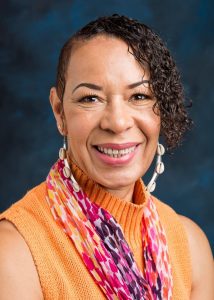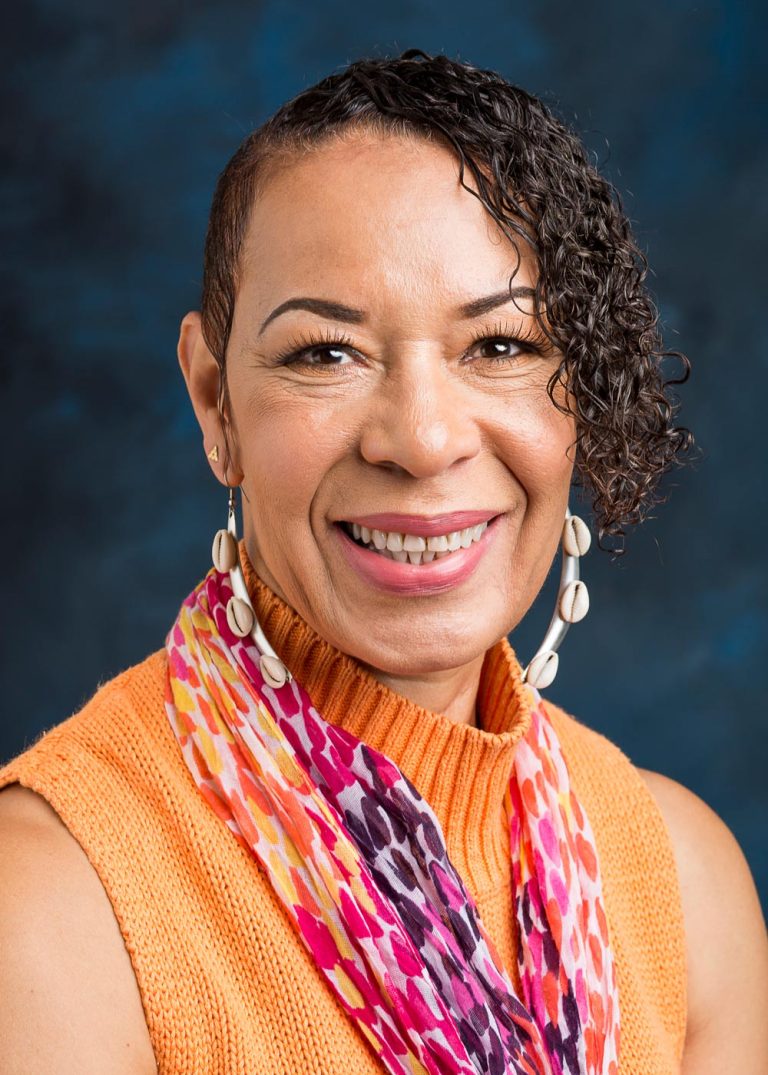
Cheryl Grills, Ph.D., directs the Psychology Applied Research Center at Loyola Marymount University and served from 2021 to 2023 on the California Reparations Taskforce, appointed by Gov. Gavin Newsom.
She is a commissioner on the National African American Reparations Commission (NAARC) and one of the co-founders of the Alliance for Reparations, Reconciliation & Truth (ARRT).
Dr. Grills shares her expertise on the impacts and potential of the ongoing efforts in California toward reparations and the thorny specifics that can undermine the movement’s true aims of equity and well-being for Black Californians.
What inspired the founding of the Alliance for Reparations, Reconciliation & Truth?
Grills: The point of ARRT is really very basic and straightforward. One, to shepherd the ongoing work of implementing the recommendations that we proposed, and to make sure that what is recommended aligns with the intent and spirit of those recommendations and that all of that aligns with the UN standards; and then to educate the public about reparations.
The Alliance sees as one of its areas of focus is to make sure people have some understanding of some fundamentals and from there, we can have informed discussion where we don’t have to agree but we need to be principled in how we engage in the discourse. You have a lot of people who don’t know the history; who don’t understand racism, structural or otherwise; who don’t recognize the lingering harms from enslavement and post-enslavement racism; and who don’t understand what the charge of the taskforce was, which was to look at enslavement and post-enslavement harm.
How does the historical context of California play into the discussion?
Grills: We were, in some instances, worse than other states in terms of how we would enforce the rules of other states. If you were of African ancestry and came to California [and] your owner lost track of you or came of your own accord, California bent over backwards to ensure that you were re-enslaved in the state you came from.
People seem to think that California is so progressive on all fronts, when that is just not the case. There’s the Ku Klux Klan and how prominent they were, and how … dangerous they were to Black lives, but [people] think of that in terms of the South.
What they don’t realize is that some California at some points in time was worse than the South in the actions of the KKK and [its] infiltration into state, city, and county government … who then made sure that the agenda of racism was delivered without consequence.
As a clinical psychologist, how do you see reparations efforts’ potential to improve mental health for Black Californians?
Grills: It can improve, but depending on how California handles this, it can harm us too. I’m saddened by the fact that we have to make this distinction – direct descendants or non-descendants – because post-enslavement, if you were Black, you could be harmed as severely as someone who was a direct descendant.
When it comes to the mental health and well-being of Black folk, there’s nothing like having your reality validated. [Imagine] if somebody threw a boulder and hit me in the back of my head… I’m hurting, I’m bleeding, I’m traumatized… but everybody that walks by me says, “Nothing’s wrong with you, nothing happened.”
That’s the lived experience of Black folk in America who have been told, “Nothing happened to you. In fact, maybe it was good for you, and if something happened to you, get over it and pull yourself up by your bootstraps.” If you’re constantly trying to pull yourself up by your bootstraps but you don’t have boots … but you’re still being held accountable, to have your experience negated is extremely damaging.
Reparations becomes a way to create that validation … opening a pathway for correcting what have been multigenerational processes that make it difficult for us to … have equity on any of the basic indicators of quality of life: education, housing, wealth creation, etc.
We can look at how do we begin to spread out the different ways that repair can happen. Now, you’re talking about people who are actively engaged in their own well-being, with allies at their side. That has the potential for healing.



